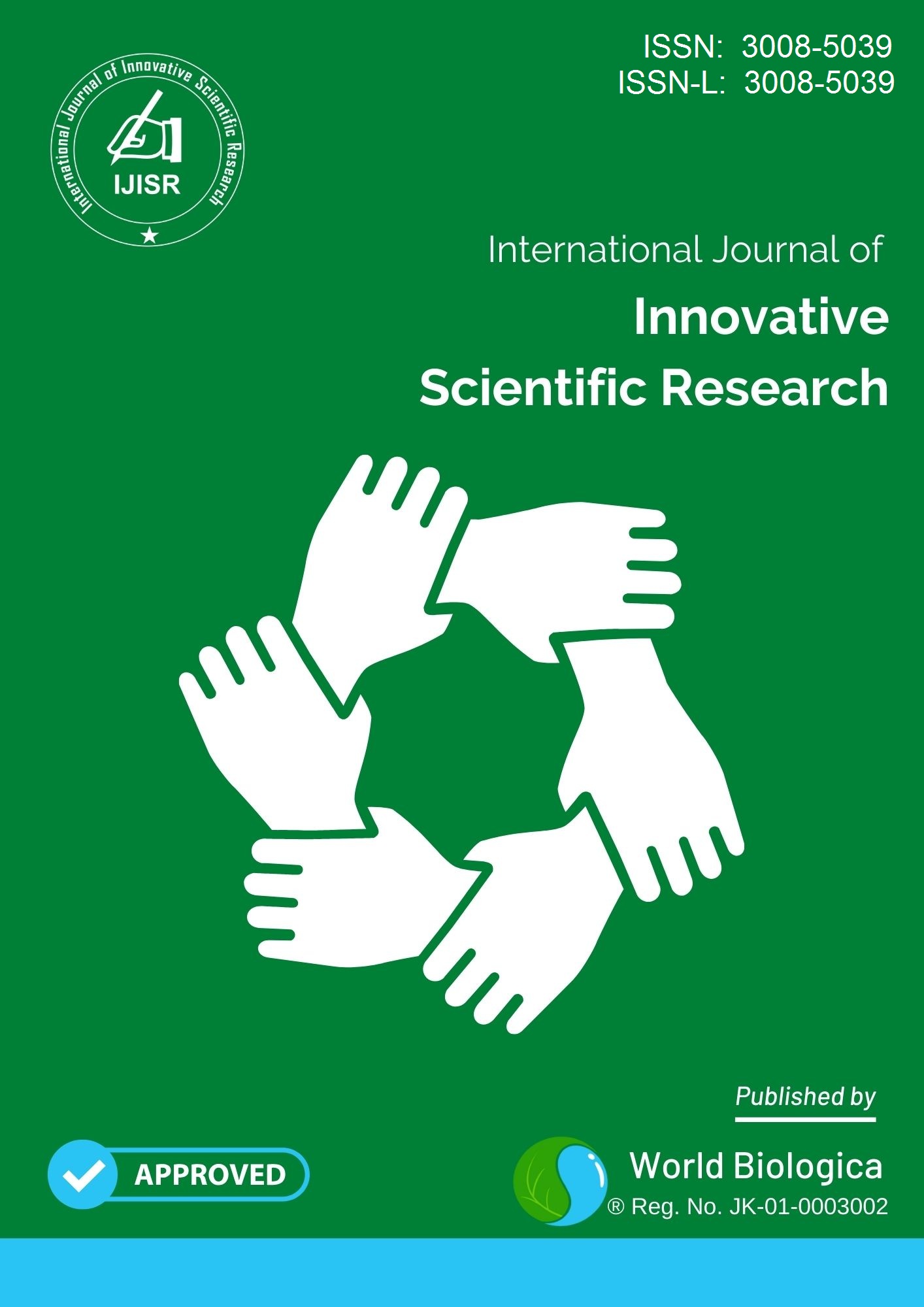Trichoscopic Findings in Alopecia Areata Incognita and Diffuse Alopecia Areata
Hospital Based Observational Study
الكلمات المفتاحية:
Alopecia areata، Trichoscopy، Platelet Rich Plasma، Hair lossالملخص
Alopecia areata is a common, chronic, inflammatory disease that causes non scarring hair loss. In several cases, alopecia areata is characterized by a diffuse and acute pattern of hair loss, defining alopecia areata incognita (AAI) and diffuse alopecia areata (DAA). These variants cause widespread thinning of the scalp and lack the typical patches of AA and are therefore often misdiagnosed. Trichoscopy is a non-invasive tool to evaluate hair disorders and to predict the disease course.
التنزيلات
المراجع
Pratt CH, King LE, Messenger AG, Christiano AM, Sundberg JP. Alopecia areata. Nature reviews Disease primers. 2017;3(1):1-17.
Wasserman D, Guzman‐Sanchez DA, Scott K, McMichael A. Alopecia areata. International journal of dermatology. 2007;46(2):121-31.
Madani S, Shapiro J. Alopecia areata update. Journal of the American Academy of Dermatology. 2000;42(4):549-66.
Delamere FM, Sladden MJ, Dobbins HM, Leonardi-Bee J. Interventions for alopecia areata. Cochrane database of systematic reviews. 2008(2)
Seetharam KA. Alopecia areata: An update. Indian journal of dermatology, venereology and leprology. 2013;79:563.
Mane M, Nath AK, Thappa DM. Utility of dermoscopy in alopecia areata. Indian Journal of Dermatology. 2011;56(4):407-11.
Rossi A, Muscianese M, Piraccini B, Starace M, Carlesimo M, Mandel V, et al. Italian Guidelines in diagnosis and treatment of alopecia areata. Giornale Italiano di Dermatologia e Venereologia. 2019;154:609-23. doi: 10.23736/S0392-0488.19.06458-7
Lintzeri DA, Constantinou A, Hillmann K, Ghoreschi K, Vogt A, Blume‐Peytavi U. Alopecia areata–Current understanding and management. JDDG: Journal der Deutschen Dermatologischen Gesellschaft. 2022;20(1):59-90.
Lee HH, Gwillim E, Patel KR, Hua T, Rastogi S, Ibler E, et al. Epidemiology of alopecia areata, ophiasis, totalis, and universalis: A systematic review and meta-analysis. Journal of the American Academy of Dermatology. 2020;82(3):675-82.
Gómez-Quispe H, Moreno-Arrones OM, Hermosa-Gelbard Á, Vañó-Galván S, Saceda-Corralo D. [Translated article] Trichoscopy in Alopecia Areata. Actas dermo-sifiliograficas. 2023;114(1):T25-T32.
Waśkiel A, Rakowska A, Sikora M, Olszewska M, Rudnicka L. Trichoscopy of alopecia areata: An update. The Journal of dermatology. 2018;45(6):692-700.
Kibar M, Aktan Ş, Lebe B, Bilgin M. Trichoscopic findings in alopecia areata and their relation to disease activity, severity and clinical subtype in T urkish patients. Australasian Journal of Dermatology. 2015;56(1):e1-e6.
Rudnicka L, Rakowska A, Kurzeja M, Olszewska M. Hair shafts in trichoscopy: clues for diagnosis of hair and scalp diseases. Dermatologic clinics. 2013;31(4):695-708.
Sterkens A, Lambert J, Bervoets A. Alopecia areata: a review on diagnosis, immunological etiopathogenesis and treatment options. Clinical and experimental medicine. 2021;21:215-30.
التنزيلات
-
Download PDF (الإنجليزية)
 الملخص Views: 85,
الملخص Views: 85,  Download PDF (الإنجليزية): 48
Download PDF (الإنجليزية): 48
منشور
إصدار
القسم
الرخصة
الحقوق الفكرية (c) 2024 International Journal of Innovative Scientific Research

هذا العمل مرخص بموجب Creative Commons Attribution-ShareAlike 4.0 International License.

















